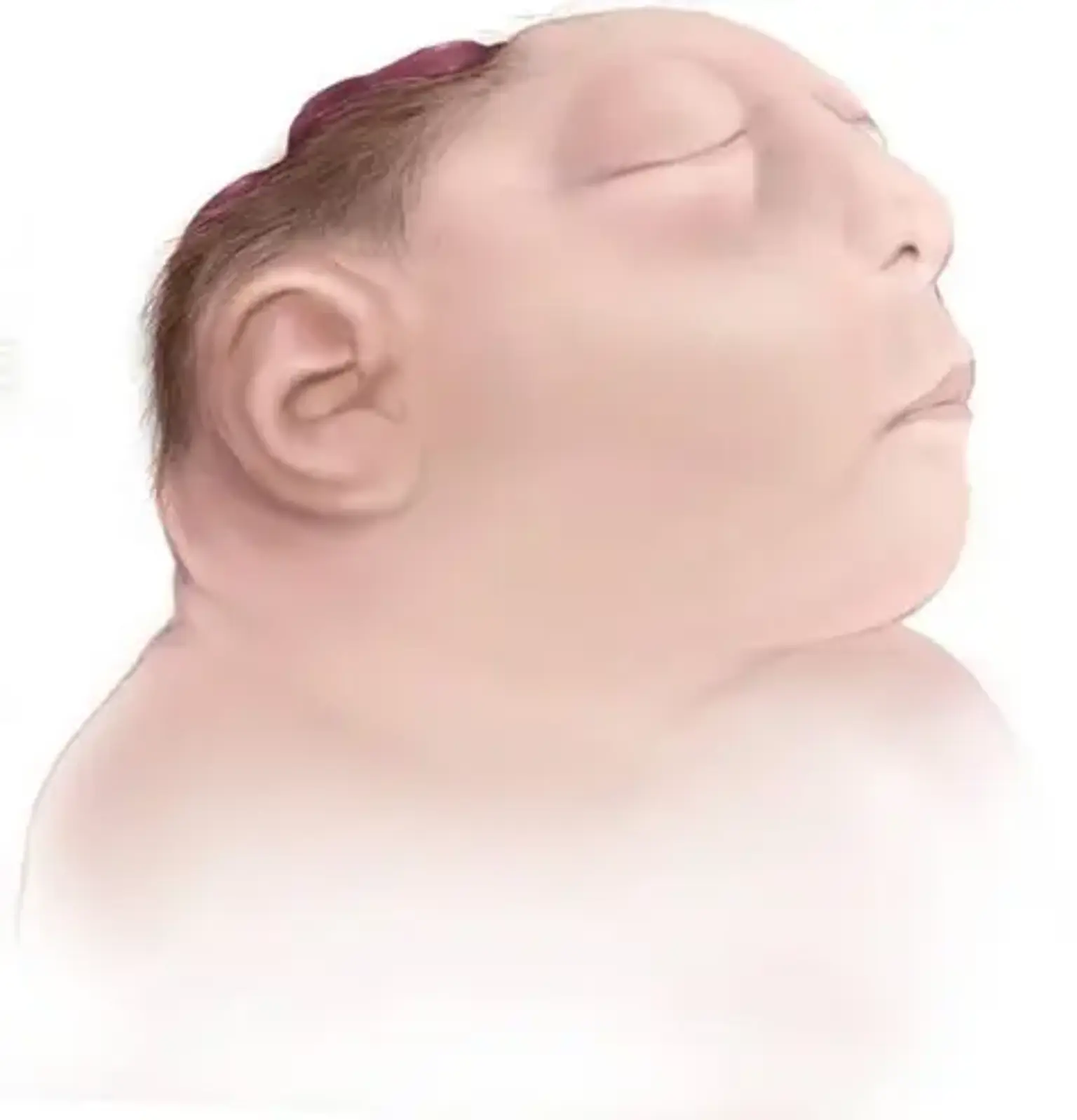Introduction
Anencephaly is a rare but serious congenital condition that occurs during early fetal development. As one of the most severe forms of neural tube defects (NTDs), anencephaly involves incomplete development of the brain and skull, leading to significant challenges for both the baby and their family. While the condition is not curable, understanding its causes, symptoms, and care options can help families prepare and make informed decisions.
Neural tube defects, including anencephaly, affect thousands of pregnancies globally each year, with a higher prevalence in some regions due to nutritional, genetic, and environmental factors. The growing awareness about prevention, prenatal care, and advancements in medical science—especially in countries like Korea—offers hope for better management of this condition.
This article provides a comprehensive look into the causes, symptoms, and care options for anencephaly, highlighting the importance of early intervention and support.
Understanding Anencephaly
What Is Anencephaly?
Anencephaly is a severe congenital condition that occurs when the neural tube, a structure that forms the brain and spinal cord, fails to close properly during early pregnancy. This incomplete closure results in the absence of major portions of the brain, skull, and scalp. Unlike other neural tube defects, such as spina bifida, anencephaly is typically fatal, as the brain lacks the structures needed for critical bodily functions.
While the condition is rare, its emotional and physical impact is profound. Families facing anencephaly often navigate complex medical decisions, from prenatal diagnosis to postnatal care.
